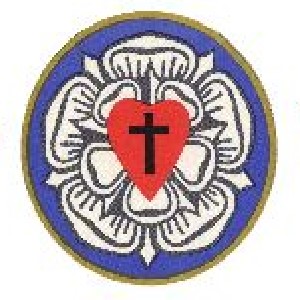Religion

Festival of Supreme Being
These depictions show the Festival of the Supreme Being during the French Revolution, a massive pageant staged by Jacques–Louis David on 8 June 1794, in open air on the "Field of Reunion," formerly the royal army’s parade ground.

Africa Focus: Sights and Sounds of a Continent
By using the search filters effectively, teachers can have students compare and contrast various images of worship, schooling, work, and landscapes to highlight the vast cultural and ecological diversity of Africa.
Swaziland Digital Archives
Featuring approximately 600 photographs chronicling daily life and politics in Swaziland, the Swaziland Digital Archives provides visual insights into the experiences of childhood and adolescence in southern Africa over the past century.
Source Collection: The Enlightenment and Human Rights
When the French revolutionaries drew up the Declaration of the Rights of Man and Citizen in August 1789, they aimed to topple the institutions surrounding hereditary monarchy and establish new ones based on the principles of the Enlightenment, a philosophical movement gathering steam in the eight
Bossuet, "The Nature and Properties of Royal Authority"
Jacques–Benigne Bossuet (1627—1704), bishop of Meaux, was a well–known seventeenth–century peacher who believed that although France had a sizable minority of Protestants, France should have a single religion, Catholicism.
Letter from Rabaut de Saint–Étienne to the Minister of the Interior (27 February 1791)
In this document, Jean–Paul Rabaut de Saint–Étienne, a Protestant pastor from Nîmes who had been a deputy to the National Assembly and who would later be elected to the National Convention, warns the central government of the ongoing violence in the Midi and the role of refractory priests and rel

Monks Learning to Exercise.
This image ridicules monks for contributing nothing to society, either economically or demographically, by depicting a group of them being taken from the monastery and drafted into the army, where they hope "to become good citizens" as was expected under religious restructuring during the French

The Third Estate Marrying Priests with Nuns
The National Assembly also eliminated monasteries during the French Revolution, since monks and nuns had increasingly become figures of ridicule. This image depicts the dissolution of the religious orders, rather than the confiscation of lands, as the crucial element in religious reorganization.

Project Wittenberg
It contains the largest online collection of Luther’s writings in English, including more than 100 hymns, as well as writings about Luther by many of his contemporaries and later Lutheran scholars.